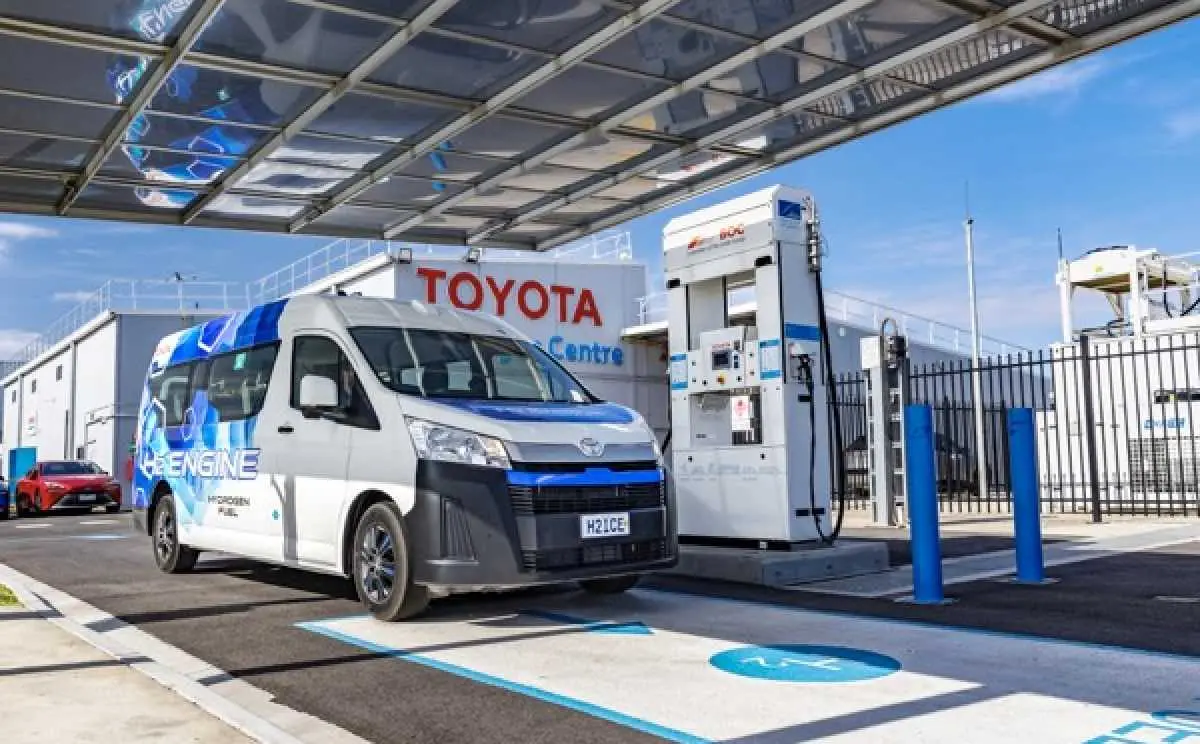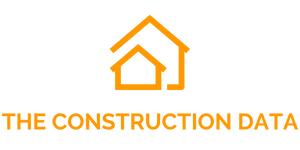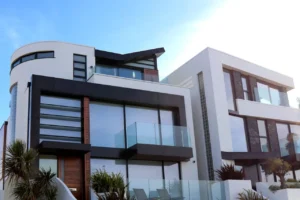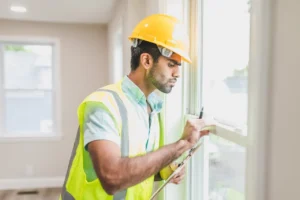
Australia’s largest construction company and a member of the CIMIC Group, CPB Contractors has completed an Australia-first pilot of Toyota’s prototype HiAce powered by a hydrogen-fueled internal combustion engine (ICE).
The month-long trial involved the ultra-low CO2 tailpipe emission vehicle replacing one of CPB Contractors diesel-fuelled Toyota vans. Used to ferry workers from various sites on two major infrastructure projects in Melbourne, the Hydrogen HiAce was refuelled at Toyota’s own hydrogen refuelling centre at its Centre of Excellence in Altona over four weeks.
CPB Contractors’ plant asset team and the drivers who utilised the vehicle unanimously reported a positive driving experience, determining the Hydrogen HiAce drives like a normal bus, with no limitations to speed control or braking. Given the similarities of this sustainable vehicle model to that of CPB Contractors’ current fleet, the trial demonstrates the Hydrogen HiAce is a viable alternative and, with the right supply and distribution of hydrogen, vehicles like these could be a real solution to reducing petrol and diesel consumption and Co2 emissions moving forward.
CPB Contractors’ Engineering Director, Benita Husband said, “CPB Contractors has a long history working with Toyota, and we have shared commitments to continually improve efficiency, performance and safety. Their team is aware of our desire to be involved in the early trialing and adoption of new innovations, particularly in the sustainability space, and this pilot has proven to be incredibly beneficial not just for CPB Contractors and Toyota but for the wider industry.
“As we continue to explore the most sustainable vehicles, machinery and equipment to implement across our business, hydrogen is an important part of the solution. This trial with Toyota has allowed us to test the user experience determining there is an equal or even better solution for our people who drive these vehicles.”
Toyota’s new prototype HiAce, powered by a hydrogen-fuelled internal combustion engine, is the latest step in the company’s global approach to decarbonisation. Following its Australian trial in real-world conditions, the feedback provided by CPB Contractors will be used to support further development, with the aim to bring vehicles powered by hydrogen internal combustion engines to full commercialisation.
Toyota Australia Vice President of Sales & Marketing, Sean Hanley said the pilot program with CPB Contractors was the latest step in Toyota’s global multi-pathway approach to decarbonisation.
“The prototype Hydrogen HiAce will be driven in real-world conditions by Australian companies such as CPB Contractors, that are interested in the potential for fit-for-purpose commercial vehicles with ultra-low CO2 tailpipe emissions. Through this customer drive program, they will have the opportunity to evaluate the technology and provide feedback to Toyota to support further development, with the aim of bringing vehicles powered by hydrogen-fuelled internal combustion engines to full commercialisation.,” Mr Hanley said.
“CPB Contractors and Toyota Australia share a commitment to reducing emissions and we are pleased to hear the positive results resulting from their trial of the prototype Hydrogen Hiace.”
Proving it is a viable commercial solution for future fleets, CPB Contractors reports the hydrogen-fuelled combustion engine technology has similar maintenance and refuelling requirements to that of petrol and diesel-fuelled vehicle models, and it offers a significantly higher level of operational efficiency when compared to electric vehicles, which require charging infrastructure and considerable time to recharge.
“Across the country, CPB Contractors has over 60 major projects in delivery at any one time. The breadth and depth of our projects creates the perfect environment for innovation and we are always looking for new technologies and solutions that will reduce our carbon footprint, create efficiencies and support the ESG targets of our projects, our clients and our business,” said Benita.







